#barbara ulrich
Explore tagged Tumblr posts
Text
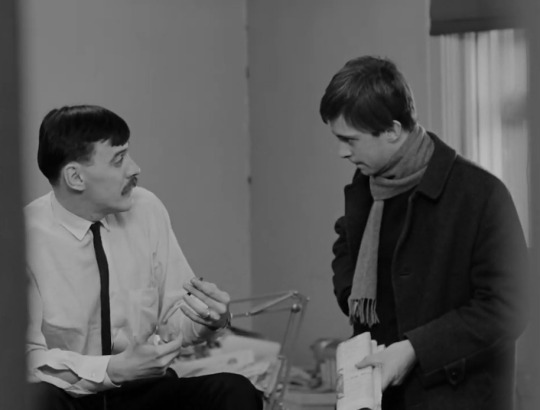
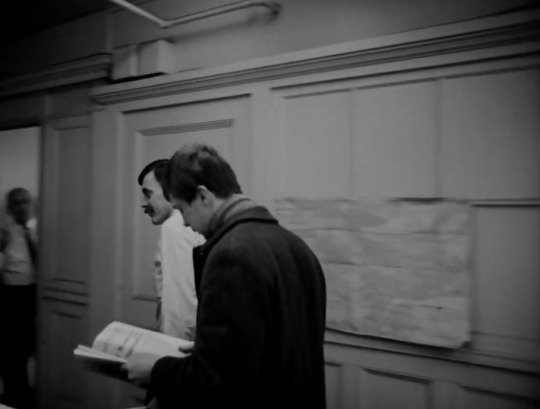

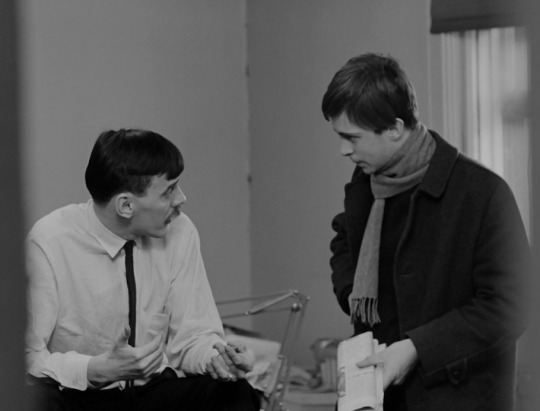
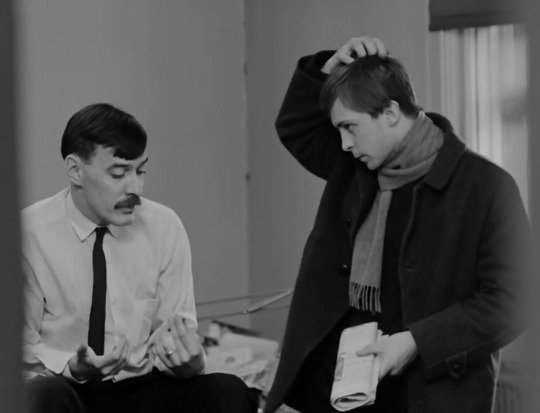
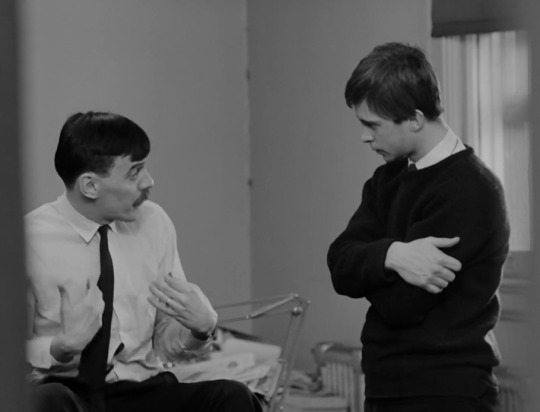


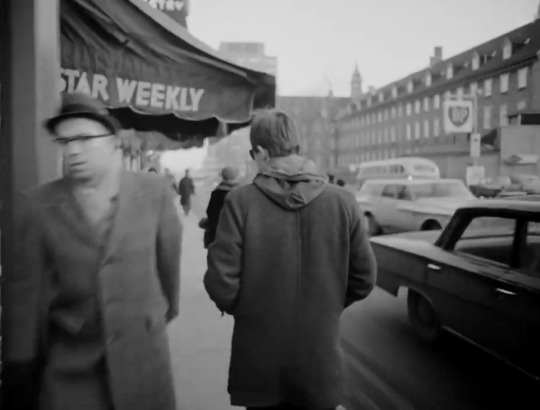
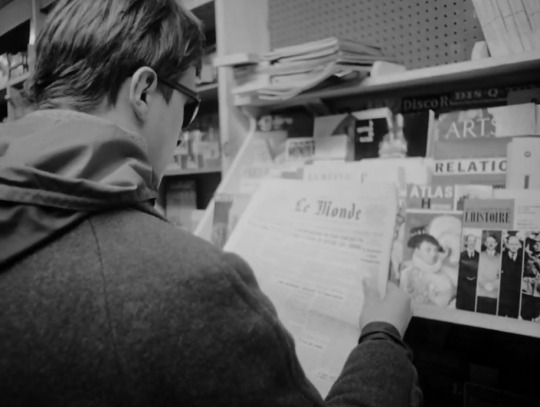
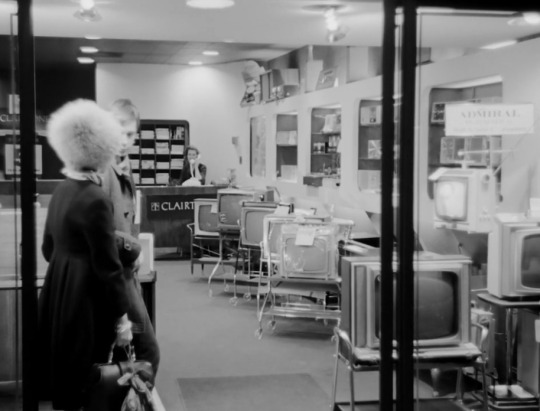

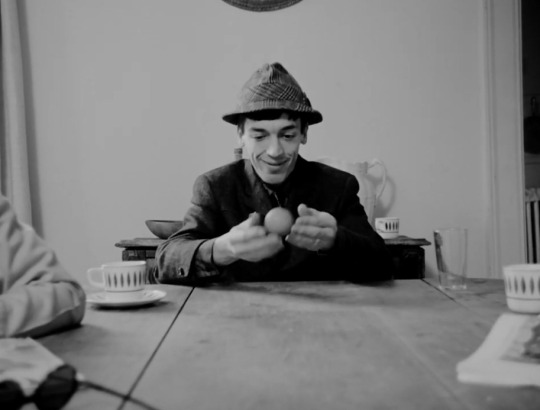
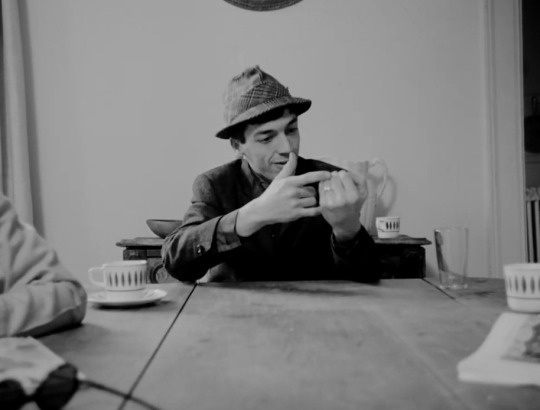
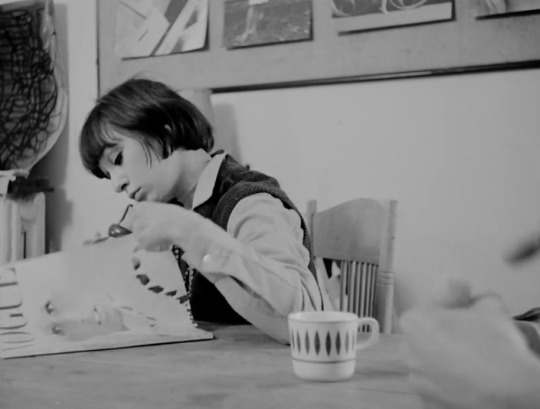
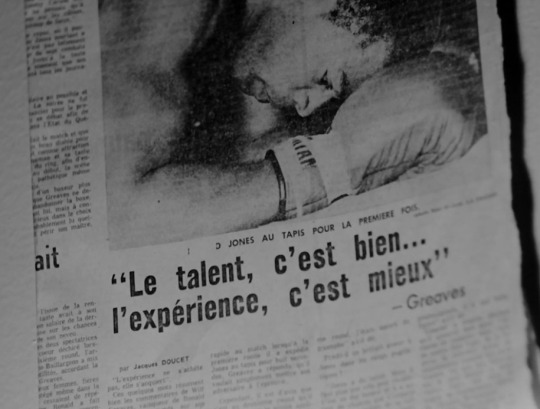
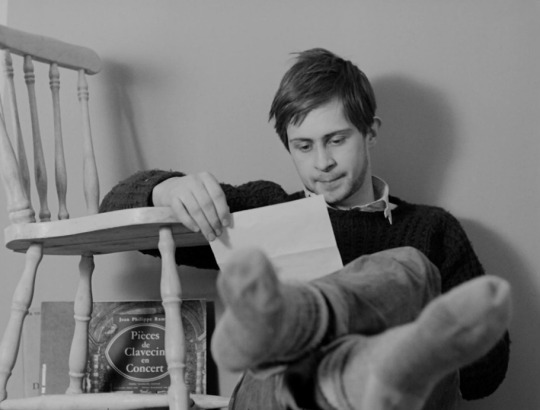
le chat dans le sac, gilles groulx 1964
#le chat dans le sac#gilles groulx#1964#barbara ulrich#claude godbout#about photography#cul-de-sac#permanent vacation#control#material#flyweight#the lost tapes#obst & gemüse oder der kunde ist könig#buw#er ist wieder da#jojo rabbit#assassin of the tsar
12 notes
·
View notes
Text

it was about time i filled this out i think template by @titaniumions !
#reverse 1999#r1999#a knight#an an lee#ulrich r1999#balloon party#windsong#zima#getian#barbara reverse 1999#x reverse 1999#artsies#i dont draw r1999 every often nowadays but its fun when i do :]
40 notes
·
View notes
Text







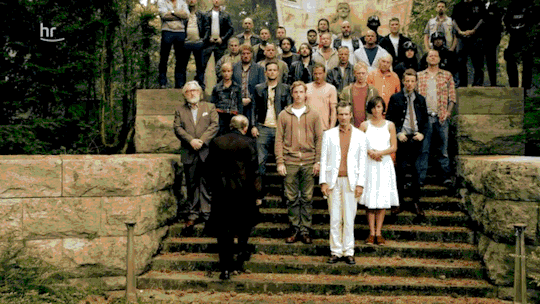
Tatort: Im Schmerz geboren (2014)
#tatort#tatort wiesbaden#im schmerz geboren#episode: im schmerz geboren#felix murot#ulrich tukur#magda wächter#barbara philipp#richard harloff#ulrich matthes#david harloff#golo euler#GAR KEINE scham beim taggen sorry. schau meine gifs 👁👁#marke eigenpost#wi#gifset
20 notes
·
View notes
Note
Im still kinda suprised we haven't seen more object head arcanist, granted ulrich and loggerhead are right there but how fun would be to get more object head arcanists? Like think about it an awakened clock with puppet body or something like that would be really fun lol.
I mena i have an awakened tv head arcanists so theres that too lol.
(Anyways sorry to bother im just sharing my thoughts lol also your posts are cool)
No need to apologize, please come back anytime you want with more thoughts to share!!
I love the idea, we do need some more awakened, I just love them so much.
Barbara could technically fit in there, her head is that of a sheep, but her body is completely human.
I'd love to see this become a new part of awakened characters, those that have a human-looking body but wear their awakened core as a head.
Would you imagine Lucy but instead of a humanoid face she has her piston? That'd be funny, but also peak character design/silly
Loggerhead seems fairly similar to Lucy in a sense, robotic body, humanoid face but BOOM, camera instead of head. And Ulrich is Ulrich himself, love the guy, such a weirdo.
I will beg for more characters like these dw, my dignity is a social construct
#reverse 1999#I think the way they handle these characters is pretty good#Barbara has problems with her sheep head because she's not an anthropomorphic sheep just a sheep headed arcanist#but she's so expressive through those sheep eyes you can feel her emotions#Ulrich doesn't even have eyes but he's si expressive through his body language and the black thing that floats around so you can never miss#his emotions at all. He's an awakened so he doesn't have any problem with his body and it's merely replaceable#and Idk much about Loggerhead but she had a camera on top of her head that covers her eyes and from her ult she seems pretty expressive#you don't need a face to show so much expression and that's pretty cool#it makes them look humanoid to an extent but they're so blatantly non-human
10 notes
·
View notes
Photo

Element Of Crime: Weißes Papier
Vertigo/Universal Music Group 477 913-7, 2018
Originally released: February 1993
#meine photos#vinylcollection#1993 music#element of crime#ekki busch#dirk rafflenbeul#paul lukas#richard pappik#jakob ilja#sven regener#ulrich maiß#david young#kurt dahlke#nigel watson#frank kramer#sabrina briscik#barbara buchberger#sebastian griewisch
3 notes
·
View notes
Text
30 dicembre … ricordiamo …
30 dicembre … ricordiamo … #semprevivineiricordi #nomidaricordare #personaggiimportanti #perfettamentechic
2023: Tom Wilkinson, Thomas Geoffrey Wilkinson, attore britannico. Cominciò ad interessarsi alla recitazione: si laureò in letteratura inglese e letteratura americana all’Università del Kent di Canterbury ed entrò in seguito nella Royal Academy of Dramatic Art di Londra. Debuttò sul grande schermo nel 1976. Wilkinson è morto per un arresto cardiaco. Fu sposato dal 1988 al 2023, con l’attrice…
#30 dicembre#30 dicembre morti#Barbara Walters#Cindy Morgan#Cynthia Ann Cichorski#Dawn Wells#Frances Helm#Lenore Ulric#Lenore Ulrich#Lew Ayres#Lewis Frederick Ayre III#Luise Rainer#Morti 30 dicembre#Morti oggi#Paul Richter#Renato Scarpa#Richard Rodgers#Thomas Geoffrey Wilkinson#Tom Wilkinson
0 notes
Text
I'm having a horrible day so I decided to compile how many characters each of the factions has (named characters only, including NPCs) this list accounts for up to 2.4 but I will think about editing in the future, characters that unwillingly left a group will be counted out of the group (looking at you Isolde)
If I forget someone or a faction please tell me and I'll add them to the list.
St. Pavlov Foundation ->
The Director
Constantine
Madam Z
Greta Hofmann
Vertin
Emil
Ms. Moissan
Semmelweis (?)
Marcus
Horropedia
Kakania
Kanjira
Shamane
Kaalaa Baunaa
Matilda
Joe Brown
Paulina
Sonetto
Druvis III
Regulus
Sotheby
Isolde (prisoner)
Tuesday (prisoner)
Tooth Fairy
Anjo Nala (kinda prisoner)
Yenisei
Name Day (or Leonid)
Mr. APPLe
Lindsay
The Razor
Laplace Scientific Computing Center ->
Lucy
Simone
Dora
Enigma
Mesmer Jr.
Windsong
X
Medicine Pocket
Regulus
Ulrich
Ezra
John Titor
37
Dawkins
Victor
Richard
Matthew
Willians
Eagle
Dr. Ryan
Dorothea
Zeno ->
Lilya
Lopera
Mr. Duncan
Leilani
Bertrolt
School of Primary Defense ->
Jessica
Avgust
Vila
Nina
Ms. Moissan
Pasono
Pyotir
The Ring
Isabella
The Manus Vindctae ->
Arcana
Forget Me Not
Igor
Moldir (or Molly)
Ptolemy
Ms. Grace
Apostle Matthew
Sophia
Valentina
Institutum Lorentz ->
X
Regulus
Eagle
UTTU ->
Barbara
Pandora Wilson
The Friend From Afar
20 notes
·
View notes
Text



Barbara Domingos from Brazil🇧🇷 performing at the 2022 World Championships in Sofia
photo credits: Ulrich Fassbender
13 notes
·
View notes
Text

Decided to fill this out but only included characters I have on my account (except Kakania, but I have 140 pulls with her name on them). This is a combo of design + how fun they are to actually play.
Favorite Design:
Even though I don't actually use Mondlicht on my account, I am physically incapable of disliking "Red Riding Hood themed characters wielding guns" ever since the Darkstalkers series imprinted on me when I was younger. Now if only Mondlicht was actually good/meta...
Runner Ups:
NPCs: If I'd filled this in a week earlier, I would have probably had Hofmann here. But 1.9 added a lot of great NPCs (Ulrich) or at least convinced me on some existing ones (Enigma).
Star: Charlie is my main runner up (my favorite, little Limbo Master) but I do like Apple and Matilda too.
Mineral: There's a big gap between Sonetto and my other favorite Minerals (Balloon Party and Necrologist. They're perfectly fine).
Beast: Desert Flannel and Dikke are cool designs with gameplay I just do not like, at all. DF's Counter just isn't as fun as Voyager or BP. And Dikke is in dire need of a buff.
Spirit: I gotta be honest, I don't have a Runner Up for this Afflatus. I don't have A Knight and Barbara is still two patches away.
Intelligence: Six is one of favorite characters in all of Reverse 1999 (Introverted King) but John Titor is cool too. I'm so glad she got referenced a few times in 1.9's story.
12 notes
·
View notes
Text
youtube
im schatten der macht, oliver storz 2003
#im schatten der macht#oliver storz#2003#michael mendel#matthias brandt#dieter pfaff#ulrich mühe#barbara rudnik#ann-kathrin kramer#günter guillaume#willy brandt#berlin babylon#schultze gets the blues#fröhliche weihnachten#wittenau#gesobau#kinski geisel#ernte 23#material#buw#cast the outlaw#reemtsma#hamburg#jan philipp reemtsma#f6#dresden#formel 1
1 note
·
View note
Text
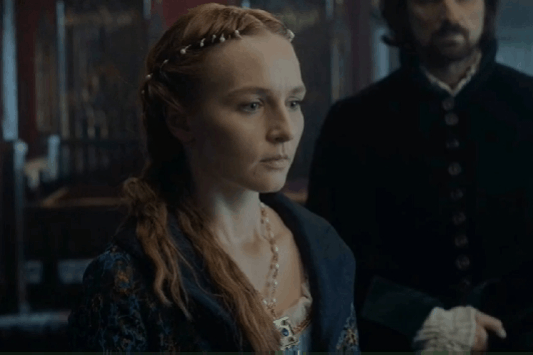
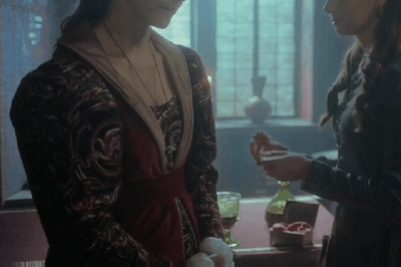


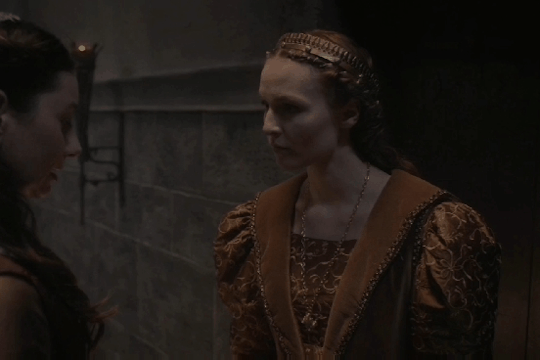
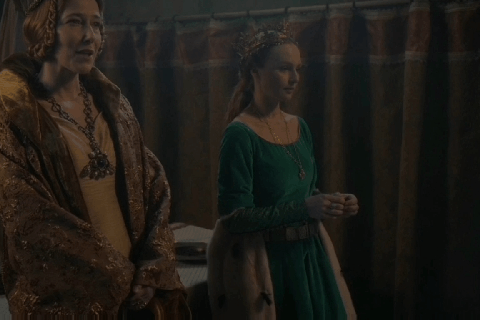
QUEEN ANNE OF CILLI (1386 — 21 may 1416)
Anne of Cilli was born probably in the 1386 as a daughter of William, Count of Cilli and Anne of Poland. Her father died when she was around ten years of age and her mother had remarried to Ulrich, Duke of Teck. Because of that, Anne was left under the care of her father's brother, Herman. According to the legend, in 1399 King Jadwiga of Poland on her deathbed told Władysław Jagiełło, her current husband, to marry Anne of Cilli so he could still rule Poland. Anne was a granddaughter of Casimir The Great, the last king from the Piast dynasty, so having a descendant of him as a wife would strengthen Władysław's position on the throne. One year later a delegation composed of Jan of Oblichów, Jan of Ostrowiec and Hinczka of Rogów came to Cilli with a proposition of marriage between King of Poland and Anne. Herman, Count of Cilli immediately agreed and in 16th July 1401 Countess come to Cracow. She was welcomed by Poles with joy, but according to the Jan Długosz her future husband wasn't that happy. The wedding was postponed and Anne sent to a convent to learn polish language. Finally in 29th January 1402, in the Wawel Cathedral, their wedding took place. There were many guests, including Vytautas, the Grand Duke of Lithuania. One year later Anne was crowned a Queen of Poland and was able meet her mother for the first time since the Duchess left Celje.
The marriage of Anne and Władysław was quite cold at the beginning. The king often left the capital, leaving his wife alone. He was also known to be suspicious, introverted person, so it took him a while to trust Anne. It also didn't help that the queen had been accused of marital infidelity several times. The first time was in 1407: Klemens of Moskorzew accused Anne of cheating on her husband with Jakub of Kobylan and Mikołaj Chrząstowski and the proof was supposed to be the sudden collapse of the floor in Queen's chamber. King at first believed in that and locked Jakub. Polish nobles during the convention in Niepołomice defended Anne and the woman was found innocent. But year later she was accused of having an affair with Andrzej of Tęczyn — this case did not reach a public hearing. In 1411 the Queen was accused of having the infidelity with archbishop Kurowski, but some sources says that actually Anne accused the man for a inappropriate attitude to her person. Kurowski died during a trip to the royal court to clear things up. For a first few years of marriage Anne of Cilli didn't give a birth to a child. It is known that she had several miscarriages. In the 1408 their first and only child, Princess Jadwiga, was born. Władysław was disappointed that the baby turned out to be a girl, but for a many years she was considered the heiress of the kingdom and a possible future king.
Anne hated the Teutonic Order as much as her husband and unlike her predecessor, urged Władysław to go to war with them. And he did that. In 1410 after the battle of Grunwald, Jagiełło sent two laters to inform about his victory: one of them was sent to Anne. It is the proof that their relationship develop during the years and Władysław started to like her and see as a friend and partner.
The Queen accompanied her husband during the trip to Hungary, where Jagiełło was negotiating with Sigismund of Luxembourg. There she met with her cousin, Barbara, who was the second wife of Sigismund. Thanks to Anne, the polish regalia, which King Louis The Great once brought with him to Buda, returned to Poland. Anne also visited Lithuania and observe the Christanisation of Samogitia. In early 1415 she travelled with her husband and even met Alexander of Moldavia in Sniatyn.
Anne came back to Cracow and Władysław travelled to Lithuania. Probably at the end of 1415, the queen got sick. In 1416 a special envoy was sent to king with a information that Anne was seriously ill. Despite the news, Jagiełło didn't hurry back to Cracow. He approached the capitol in May and few days later, 21th May 1416 the queen died. She was buried in the Wawel's Cathedral, near to altor of Saint Dorothy.
#historyedit#koronakrólówedit#korona królów#the crown of the kings#korona królów jagiellonowie#anne of cilli#anna cylejska
68 notes
·
View notes
Text
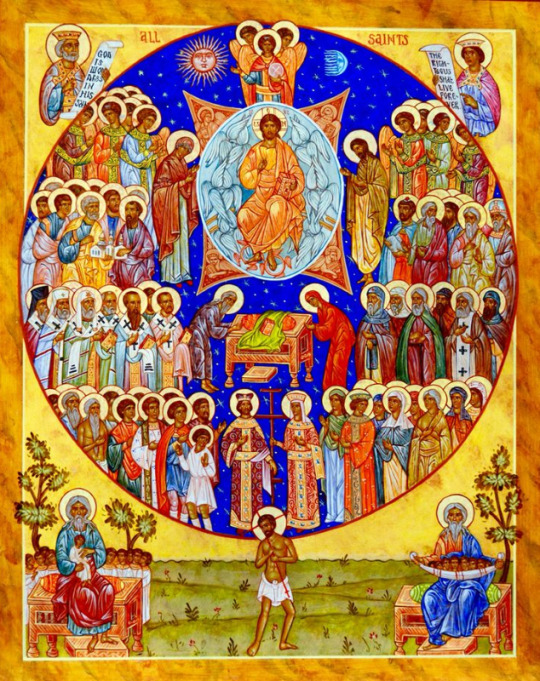
Remembering the Saints
Throughout the Liturgy we are asked to remember "all the saints" beginning with "the Theotokos and ever-virgin Mary" and her "yes" to God's plan for her life (Luke 1:38); and then, like all of them, to commit "our whole life to Christ our God." Who are the saints that we are asked to remember in these petitions? The saints are those men and women who, throughout the centuries and in every culture, have loved God and borne witness to the Good News of Jesus Christ in the power of the Holy Spirit, and remained faithful to Him to the end, often at the cost of their own lives. They are people who have been transformed by their faith and truly are the "real deal" as Christians. They are men and women from every generation who have been canonized, i.e. set up as models of what it means to truly follow Christ and be faithful to Him, seeking and striving for His kingdom as their first priority in life (Matthew 6:33). When we speak of Sts. Peter and Paul and the apostles, Sts. Katherine, Irene and Barbara the martyrs, Sts. Basil, John Chrysostom and Nektarios the Bishops, we are speaking of people who have been canonized by the Church in an official manner to serve as models of faithfulness and holiness for us to emulate. Canonization does not "make" anybody a saint. Canonizations recognizes that someone already was, in his/her own lifetime, a saint.
The word canonization means that a Christian has been found worthy to have his/her name placed in the canon or official list of the saints of the Church. This canon is read during the various liturgical services of the Church, particularly Orthros or Matins. Every day of the year is dedicated to a number of saints whose names are remembered by the People of God. When a Christian's name has been included in the canon of saints, it is a sign that the Church encourages the faithful to ask that saint for his/her prayers before God.
Liturgical services may be specially composed in the saint's honor and celebrated by the Church. For the first thousand years of the history of the Church saints were recognized without any formal rite of canonization. Local congregations of the faithful simply began to remember certain well-known Christians in their liturgical gatherings, to ask them for help in prayer, to visit their relics, which frequently remained vehicles of the Holy Spirit, curing the sick in soul and body, as they had during earthly life. In the 10th century, in the west, the then-Orthodox Church of Rome began to insist that saints be formally and officially "registered" as such with the papal authorities. The first recorded canonization of this type was that of St. Ulrich of Augsburg, canonized in 993 AD by Pope John XV. For the next 600 years -- during which time the Roman Catholic Church split off from the Orthodox community -- the west developed a very precise (and some would say even legalistic) method of determining who were to be canonized as saints. The Orthodox Church never developed any comparable methods for canonizing saints. As in the early Church, the situation has remained very much determined by local practices and local traditions. Holy men and women continue to be recognized as such during their own lifetimes; they continue to be venerated and honored after their death; and Christian people continue to ask for their prayers and to visit their shrines.
[Source of text: The Divine Liturgy of our Father among the Saints John Chrysostom (with Commentary and Notes)]
5 notes
·
View notes
Text

Hot Girls of Weimar Berlin _ Barbara Ulrich
2 notes
·
View notes
Text

Happy Vamptember! I thought it would be interesting to know where the belief in vampires came from and so today I bring you the story of the Black Queen
A dear friend of mine helped me with this story, which is part of his culture and which should be more important for us, it comes from the Queen Barbara Celjska or in English Barbara of Cilli

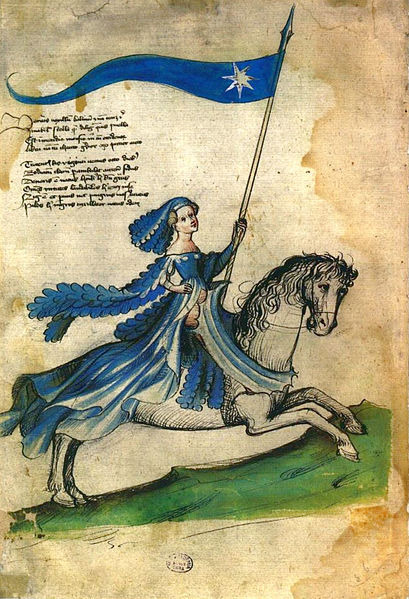
Barbara was born in Celje, in the Duchy of Styria, today Slovenia, as the daughter and youngest child of Herman II, Count of Celje, and Countess Anna of Schaunberg she married Sigismund, who was then the Roman Emperor, he spent a lot of time away in battles, which allowed her to stay ahead of the castle by holding court and making important decisions. It is believed that although she was married, she had many men and lovers who, when she got bored of them, she sent to throw them out of her castle. Sigismund, was a cheater, and he can't expect her being loyal to him in this case.
Rumours that she was a vampire stemmed from the following:
“Aeneas Silvio Piccolomini, who detested the Cilli family, characterized Barbara’s brother Count Friedrich as “shameless,” “materialistic,” and “a blood thirsty wildman” as well as an enemy of the church and state. He declared Ulrich, the head of the Cilli family, as a “hardened sinner” and “demon.” As for Barbara herself, Piccolomini claimed that Barbara did not even believe in an after-life. Aeneas also accused Barbara of associating with “heretics” and “abominable Hussites.” He claimed that after the death of Albrecht, Barbara and her daughter Elizabeth used to profane Holy Communion by drinking actual human blood during the liturgy. This would, of course, qualify Barbara for the clinical category of “living vampire” meaning, according to medical doctors even today, some one who drinks human blood”
-In Sear In Search of the Lesbian V ch of the Lesbian Vampire: Barbar e: Barbara von Cilli, Le F on Cilli, Le Fanu's "Carmilla" and the Dragon Order
She was not only a “vampire” She had knowledge of alchemy, politics, and managed her reign with strength and independence, to this day she is an example of what Slavic women should be. To this day, and after her, the story spread to Europe and then to the West, and little by little, from Dracula onwards, vampires grew in fame, as well as extra knowledge to represent according to the writer.
It's just a little bit of knowledge, it's not much, and I'll probably edit this post as the days go by
4 notes
·
View notes
Text
#ProyeccionDeVida
🎬 “HANNAH ARENDT” 🧠👩📇💪
🔎 Género: Drama / Años 60 / Nazismo / Holocausto / Basado en Hechos Reales
⌛️ Duración: 113 minutos

✍️ Guion: Pam Katz y Margarethe Von Trotta
📷 Fotografía: Caroline Champetier
🎵 Música: André Mergenthaler

💥 Argumento: Biografía de la filósofa judío-alemana Hannah Arendt, discípula de Heidegger, que trabajó como periodista en el juicio a Adolf Eichmann, el nazi que organizó el genocidio del pueblo judío durante la II Guerra Mundial, conocida por "la solución final".
👥 Reparto: Barbara Sukowa (Hannah Arendt), Janet McTeer (Mary McCarthy), Klaus Pohl (Martin Heidegger), Axel Milberg (Heinrich Blücher), Ulrich Noethen (Hans Jonas), Julia Jentsch (Lotte Köhler), Nicholas Woodeson (William Shawn), Gilbert Johnston (Professor Kahn) y Michael Degen (Kurt Blumenfeld).

📢 Dirección: Margarethe Von Trotta
© Productora: Heimatfilm
🌎 País: Alemania
📅 Año: 2012

🎤📽🧠 Cine Fórum Psicoanalítico- espacio de diálogo para pensar y analizar películas desde una perspectiva psicoanalítica.
📆 Sábado 15 de Marzo
🕖 7:00pm.
📡 Plataforma Zoom
👩🏻⚕️ Ponente: Silvia Rodríguez
© Organiza: Centro de Psicoterapia Psicoanalítica de Lima
🎟 Acceso gratuito
🖱 Inscripción: https://forms.gle/uXB7ZDo4x7qw8yiC8
👀 A tener en cuenta: Película dirigida a público mayor de dieciocho años. (18+)
🌐 Web: www.cppl.org/terapiapsicologica
📲 Terapias: 970 089 355 [https://wa.link/2orkap]
0 notes
Text
30 dicembre … ricordiamo …
30 dicembre … ricordiamo … #semprevivineiricordi #nomidaricordare #personaggiimportanti #perfettamentechic
2022: Barbara Walters, Barbara Jill Walters, giornalista, scrittrice e conduttrice televisiva statunitense. Barbara crebbe circondata da gente di spettacolo: il padre infatti era un noto produttore di Broadway. L’uomo tuttavia a un certo punto versò in difficoltà economiche e la famiglia Walters perse tutte le proprietà, tra cui l’attico a Central Park West. Dopo aver effettuato gli studi in…

View On WordPress
#30 dicembre#30 dicembre morti#Barbara Walters#Dawn Wells#Frances Helm#Lenore Ulric#Lenore Ulrich#Lew Ayres#Lewis Frederick Ayre III#Luise Rainer#Morti 30 dicembre#Morti oggi#Paul Richter#Renato Scarpa#Richard Rodgers
0 notes